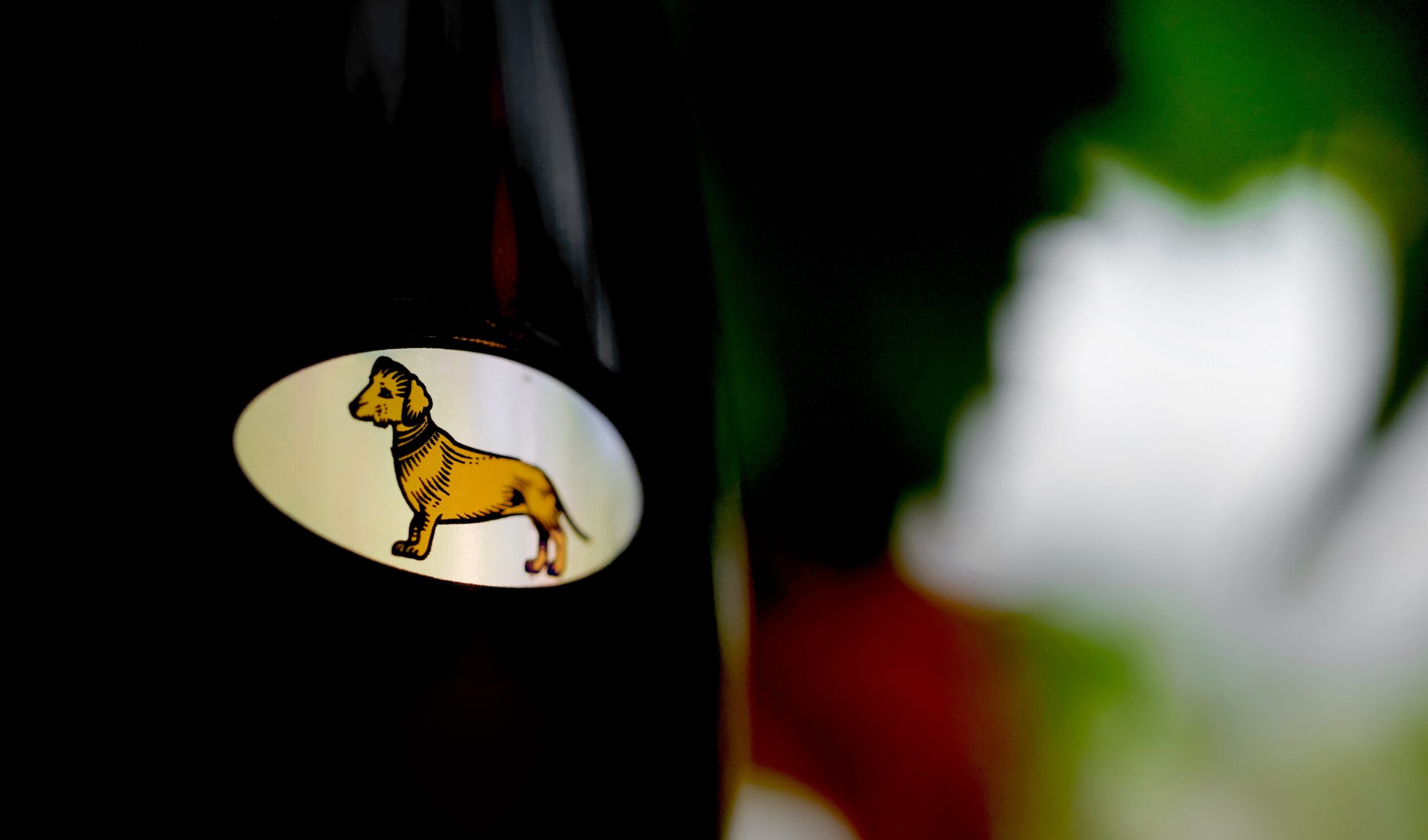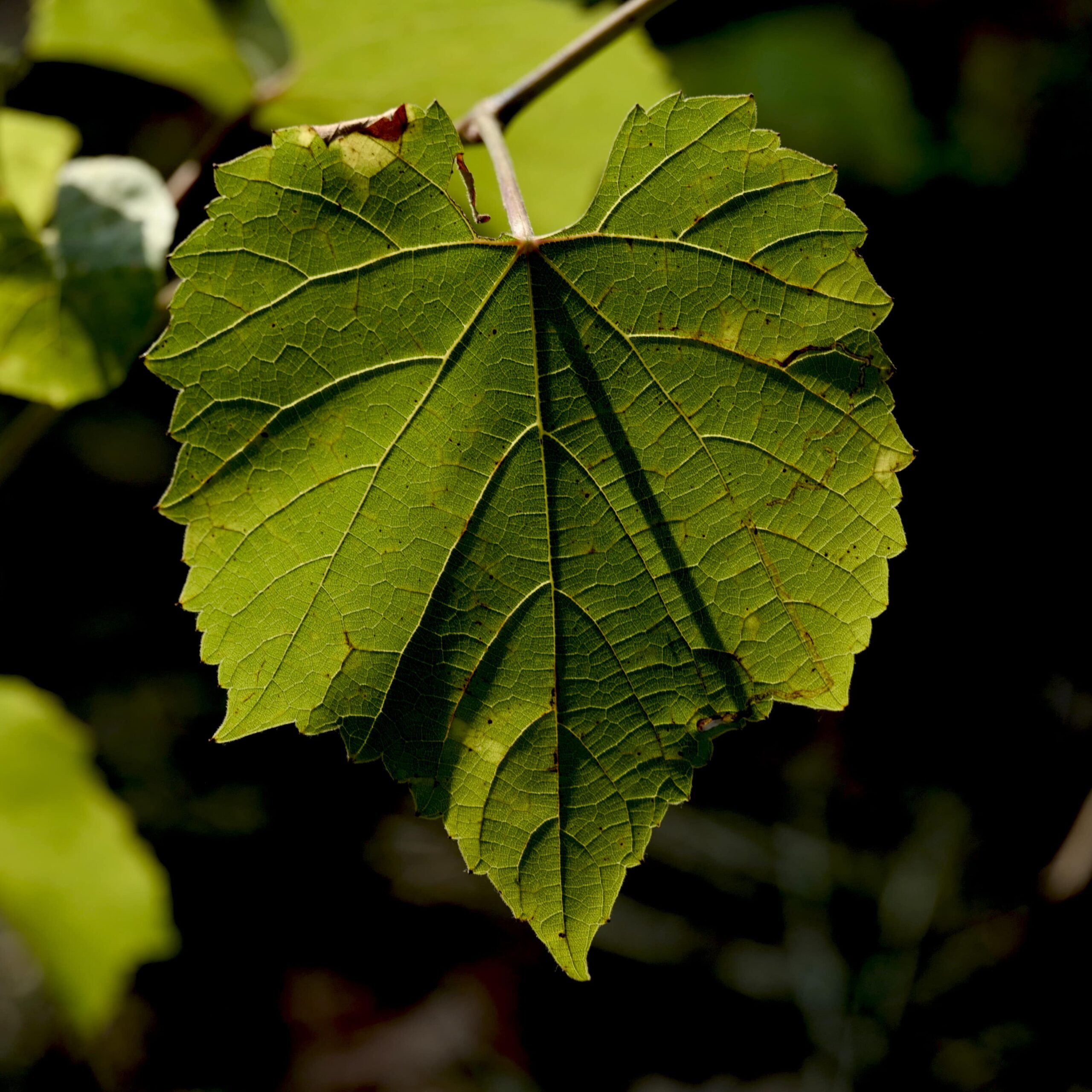The Wines Blending Innovation and History
The Collavini wines of Italy’s Friuli region.

Luigi Collavini, a member of the fourth generation of the Collavini wine family in Italy’s Friuli region, is refreshingly frank. He dismisses some of the Italian pinot grigios on world markets as “inconsistent, dull, and boring.” And although many Italian producers privilege indigenous over international grape varieties, he says some indigenous grapes make wine that just isn’t as good. These comments come from a representative of the winery that pioneered the pinot grigio we know today and that produces fine wines from grape varieties indigenous to Friuli.
The Friuli-Venezia Giulia region, in the northeast of Italy and home to more than a dozen small appellations, benefits from a climate influenced by both the Alps and the Adriatic Sea. Collavini’s vineyards are in the eastern Collio and Colli orientali del Friuli appellations that border Slovenia, where substantial temperature variations from day to night during the growing season promote both ripeness and acid development in the grapes. Most of the region’s wines are white, but some of the reds have gained a reputation for quality—and for value when compared to the reds of Piedmont and Tuscany.



Founded at the end of the 19th century, Collavini is a major producer of pinot grigio, as well as other white and red wines. It is based in a gorgeous 16th-century fortified residence, the Villa Zucco-Cuccagna, which now houses a shop and a restaurant, the Osteria della Ribolla. The winery is also notable for featuring a dachshund on its labels, making it seem like one of the first “critter wines”—wines designed to attract consumers with labels that feature animals. But Collavini’s are no critter wines: the dog was included as an homage to Ribolla, the dachshund owned by Luigi Collavini’s father, Manlio Collavini.
Luigi Collavini credits his father with bucking producers’ belief half a century ago that pinot grigio should be made as a blush (light pink) wine and sold in green flutes (tall, thin bottles), as many German rieslings were. Instead, Manlio Collavini made pinot grigio as a white wine and bottled it in clear bordeaux-style bottles. His success led to the adoption of the style of both wine and bottles by other producers.



The flattery by emulation was a bit too much for Collavini, and the winery now sells its pinot grigio wines in burgundy-style bottles to distinguish it from the crowd of mediocre pinot grigios it competes with. And it’s not only the bottle that’s different. Collavini’s pinot grigio is dry, flavourful, and has decent structure, a good step above most of its counterparts. Collavini Villa Canlungo Pinot Grigio has been in Ontario’s liquor stores for some 40 years.






Collavini also makes sparkling wine from ribolla gialla, an indigenous grape first mentioned in a document in the 13th century. Again, Manlio Collavini was the pioneer when, in the 1970s, he tried making sparkling wine from the little-appreciated variety. He experimented with the traditional method (used for champagne), where a second fermentation takes place in the bottle. But the variety and the method didn’t work well together, and he settled on the charmat method (used for prosecco), where a second fermentation takes place in a pressurized tank and the wine is later bottled.



What makes Collavini’s sparkling ribolla gialla distinctive from prosecco is not only the grape variety but also that the base wine spends a few months in oak and then at least 30 months in the pressurized tank, far longer than prosecco. Luigi Collavini describes the overall effect as lying somewhere between the traditional and charmat methods, with the finished sparkling wine closer to champagne than to prosecco in its elegance and the fineness of its bubbles.
Indigenous grapes from the Friuli region also define other Collavini wines. One red wine (pucino) is made from the refosco variety, which often produces robust, somewhat rustic wines with assertive tannins. In Collavini’s hands, refosco is a little lighter in body but still sturdy, with firm but finer tannins and some bright acidity. It’s a very versatile wine with food. Another red is made from pignolo, a rare and little-planted variety from Friuli that was rescued from near-extinction in the 1970s. Collavini ages its pignolo for more than five years in barrel and two in bottle before releasing it for sale. The 2012 vintage is what Luigi Collavini describes as “only a baby.” Full-bodied and deeply complex, with good acidity and firm tannins, it has cellaring potential for another decade and beyond.






Then there are the white wines, important to Collavini’s portfolio because Friuli is primarily a white wine region. Collavini’s T Friulano, made from the friulano variety, is richly flavoured with plenty of character, stylistically on a different plane from pinot grigio. Another white is Broy, named for the broili, small gardens next to old Friulian houses that were often planted with grapevines to provide the families with wine. Broy is a blend of friulano (50 per cent), chardonnay (30 per cent), and sauvignon blanc (20 per cent). Some of the friulano and chardonnay matures briefly in oak barrels—Luigi Collavini calls it “a light and elegant touch of wood”—and the final blend spends 12 months on its lees, adding a creamy texture to the wine’s other appealing features.
Collavini brings together two apparently contradictory practices: making wines in pioneering styles and drawing on indigenous varieties that have grown in Friuli for centuries, perhaps millennia. Call it blending innovation with history. It’s a formula that clearly works, as an exploration of Collavini’s portfolio shows.
Collavini Wines
Collavini Broy Bianco 2019 (DOC Collio)
Collavini Pignolo 2012 (DOC Colli Orientali del Friuli)
Collavini Pucino Refosco dal Peduncolo Rosso 2020 (DOC Friuli Venezia Giulia)
Collavini T Friulano 2021 (DOC Collio)
Collavini Villa Canlungo Pinot Grigio 2021 (DOC Collio)
Ribolla Gialla Spumante Brut 2018




